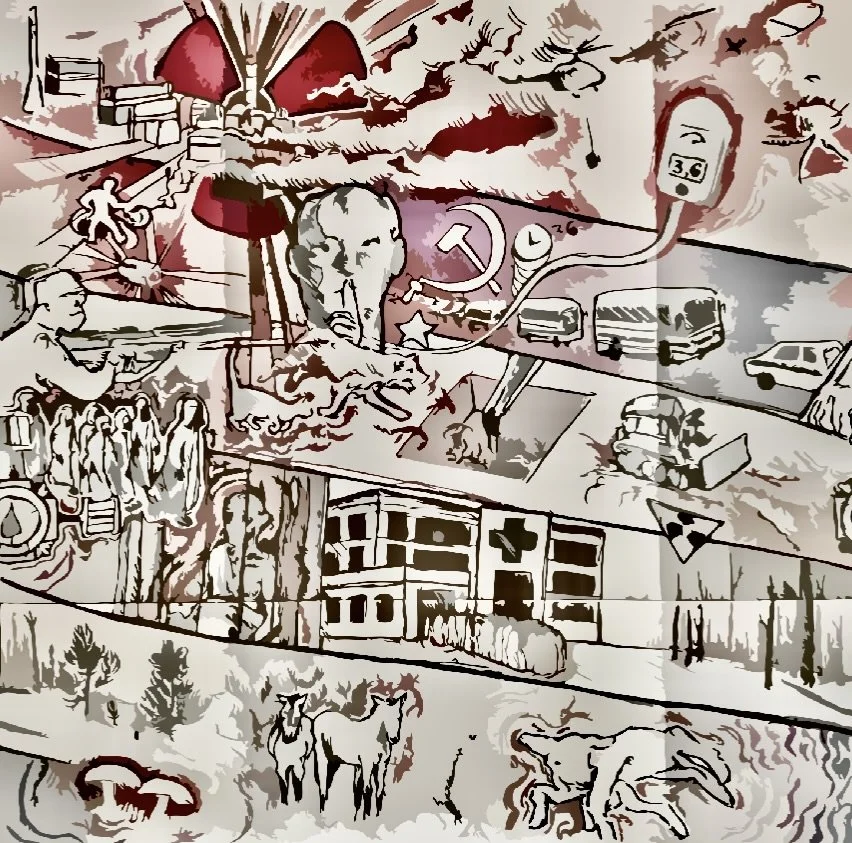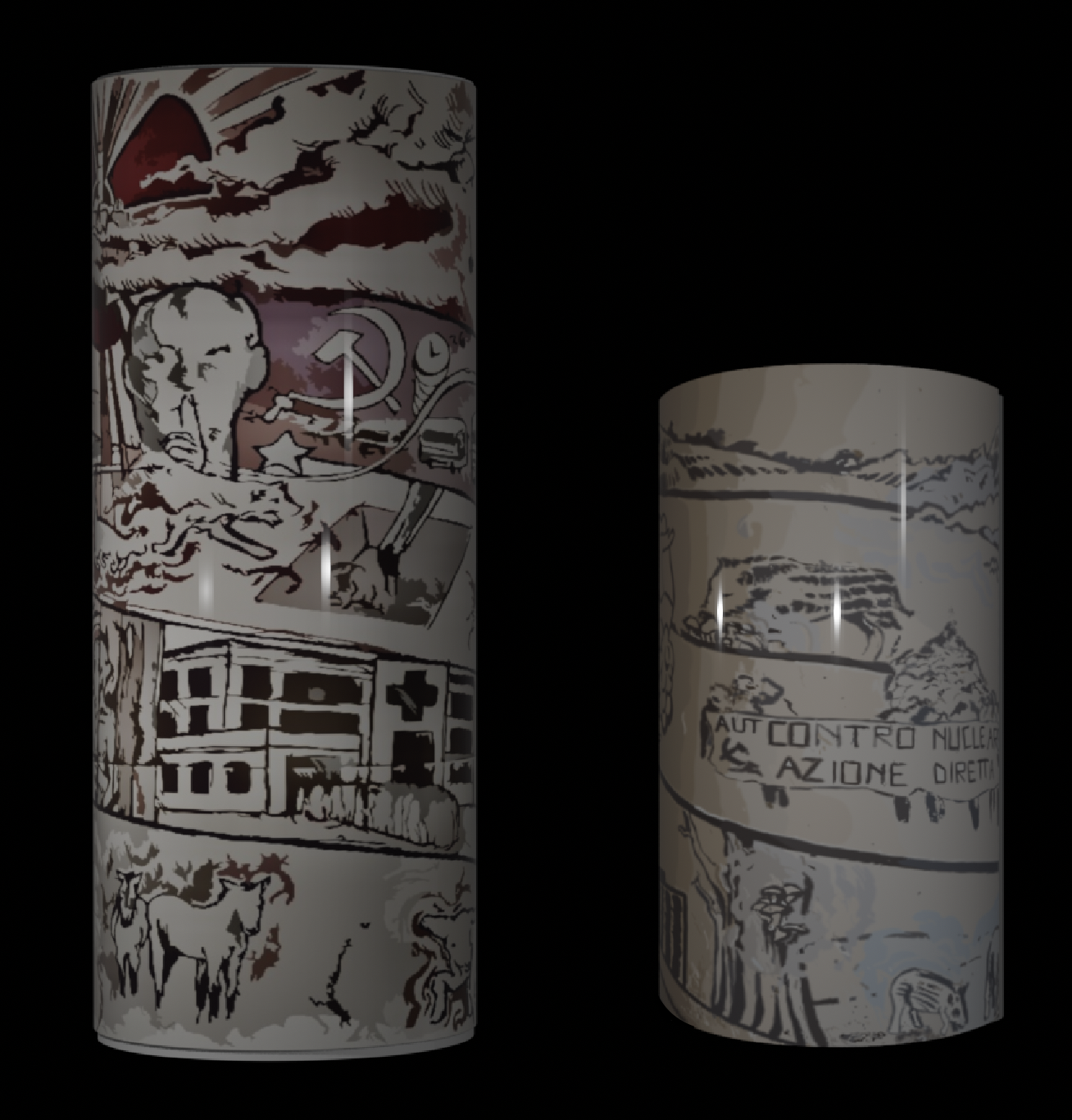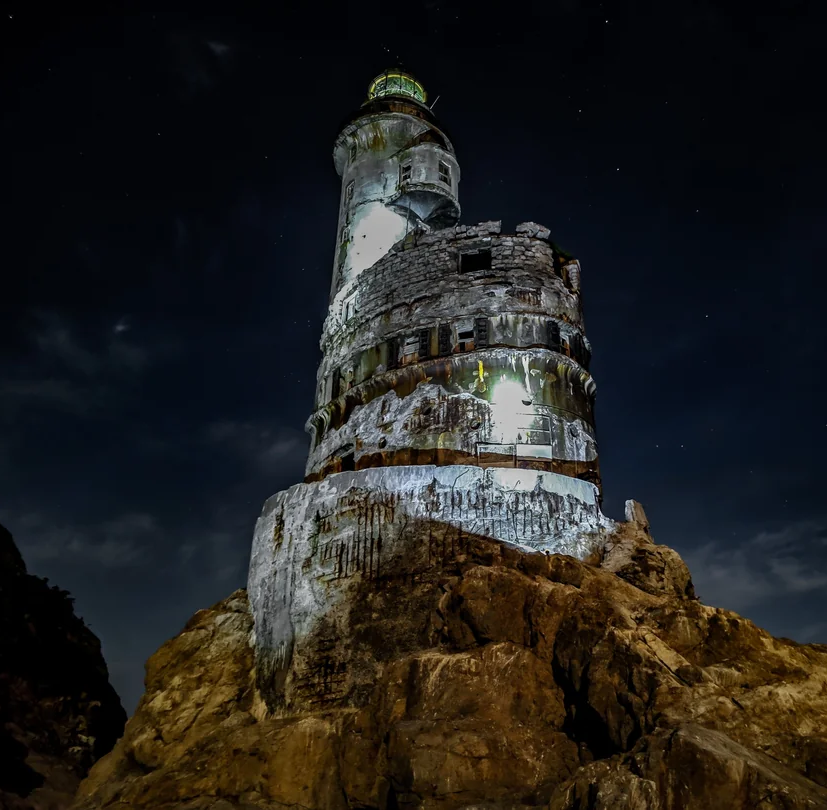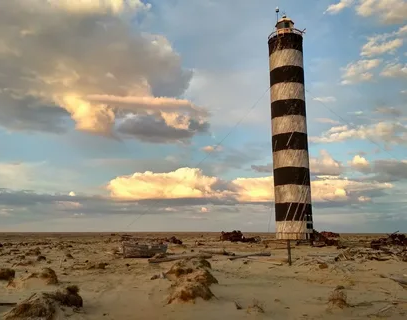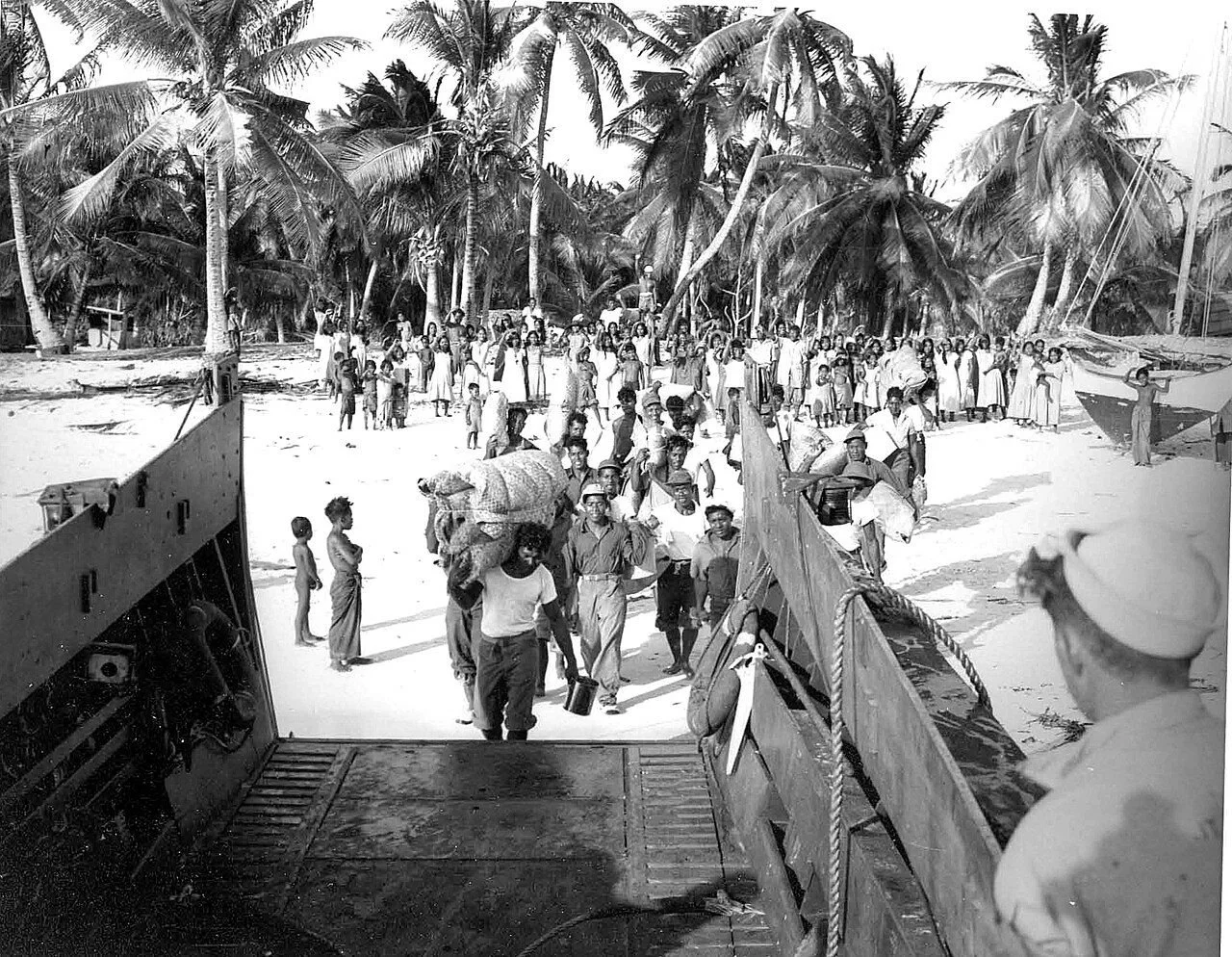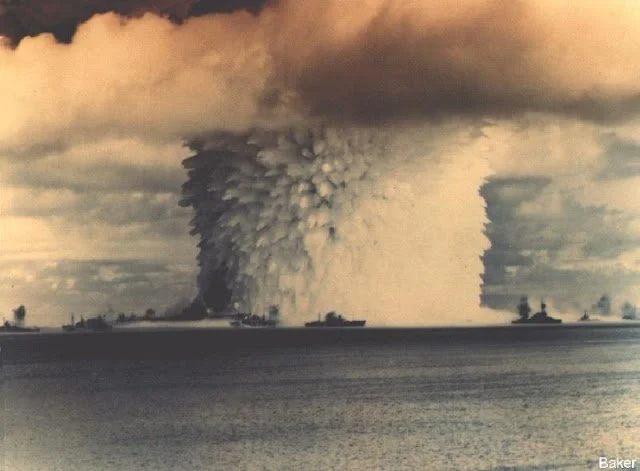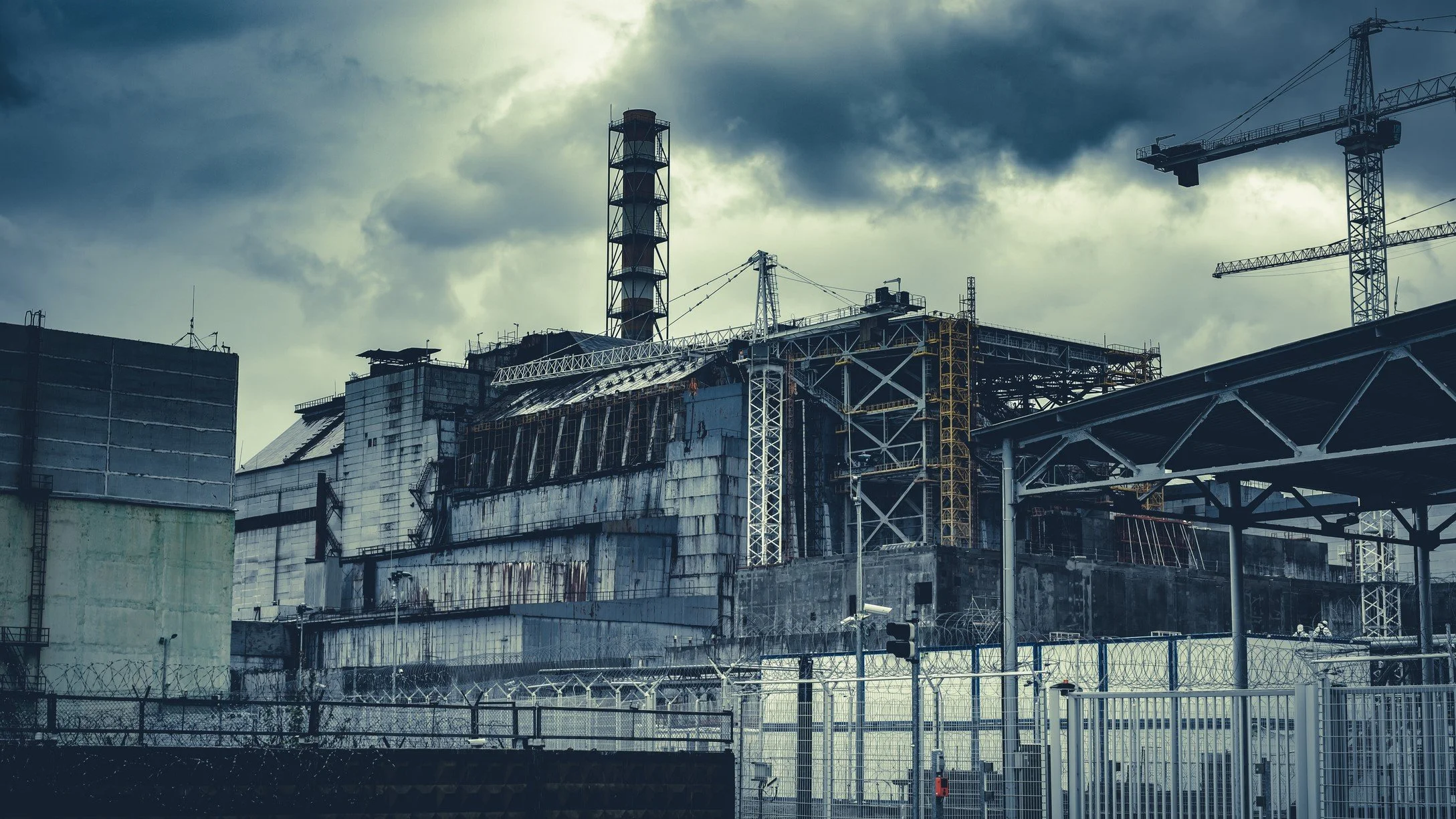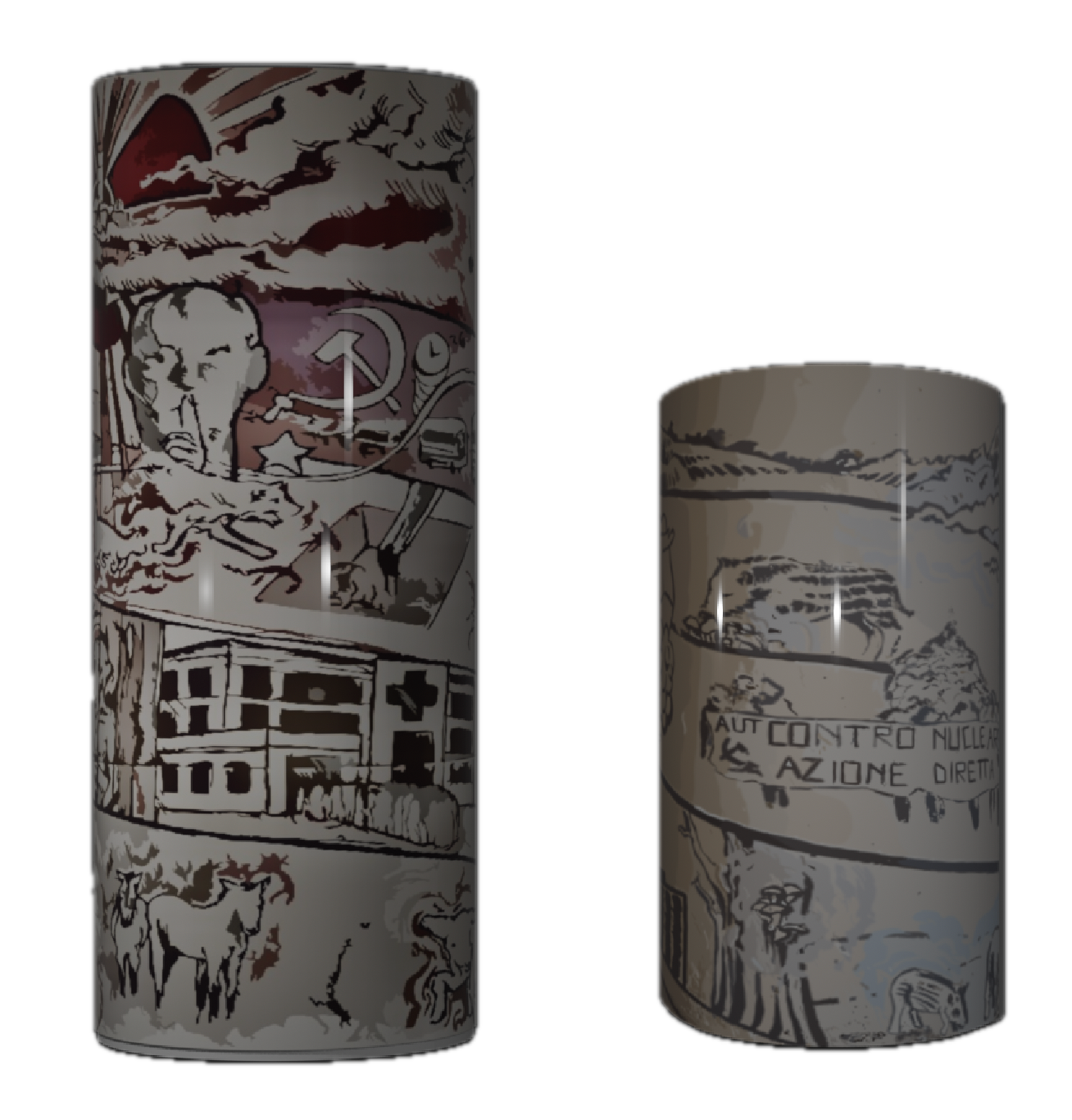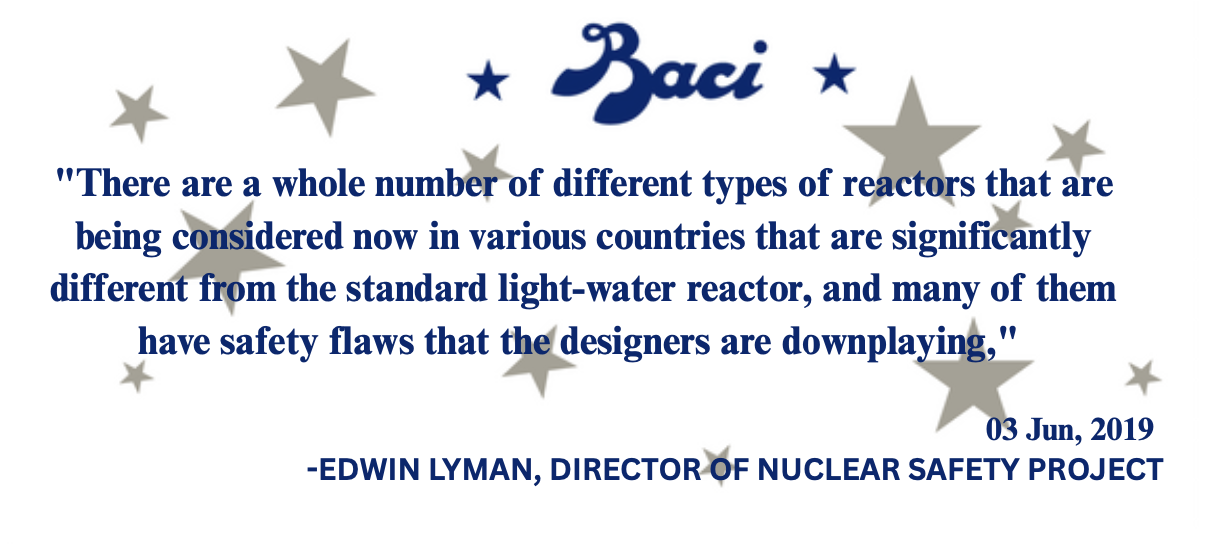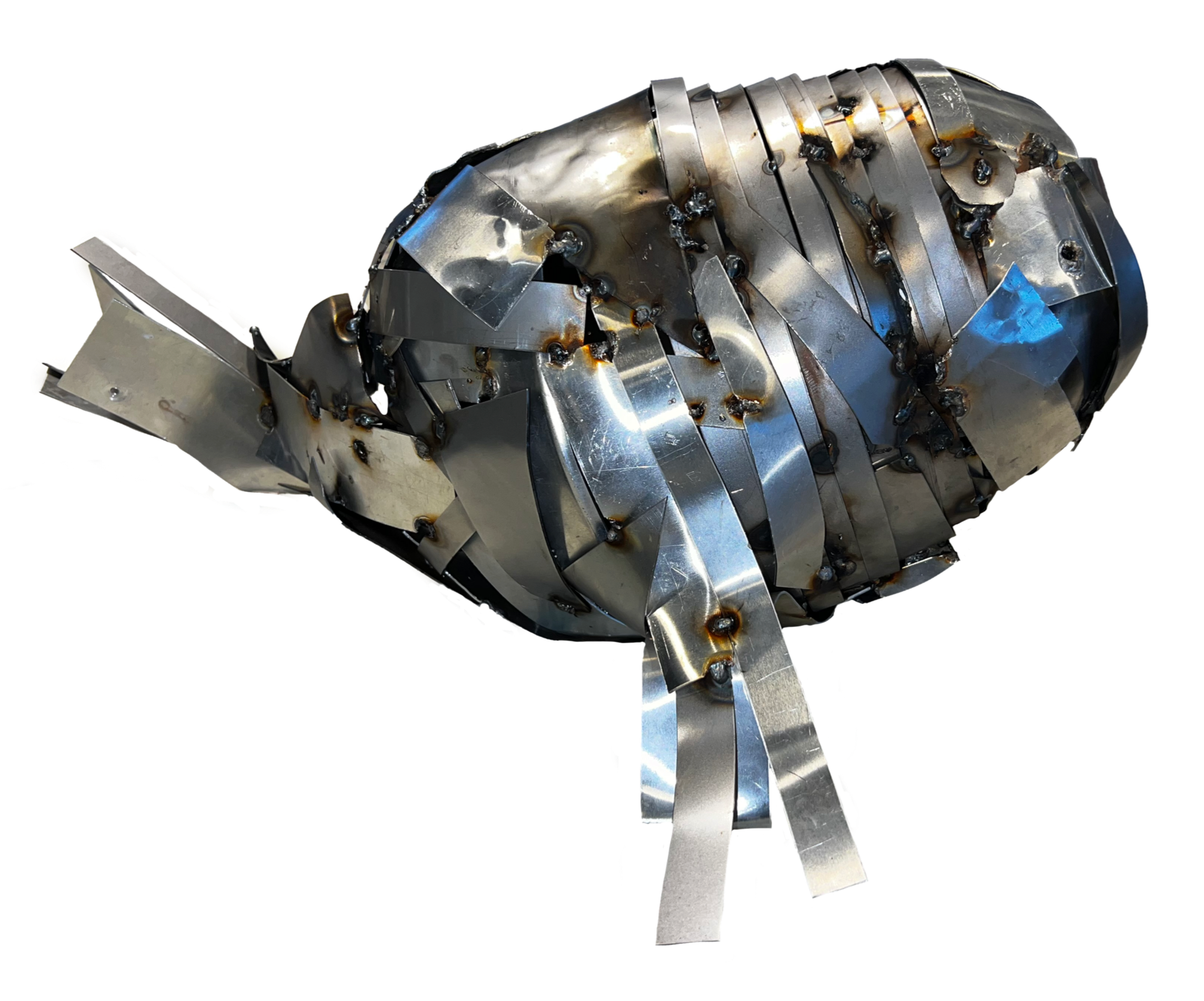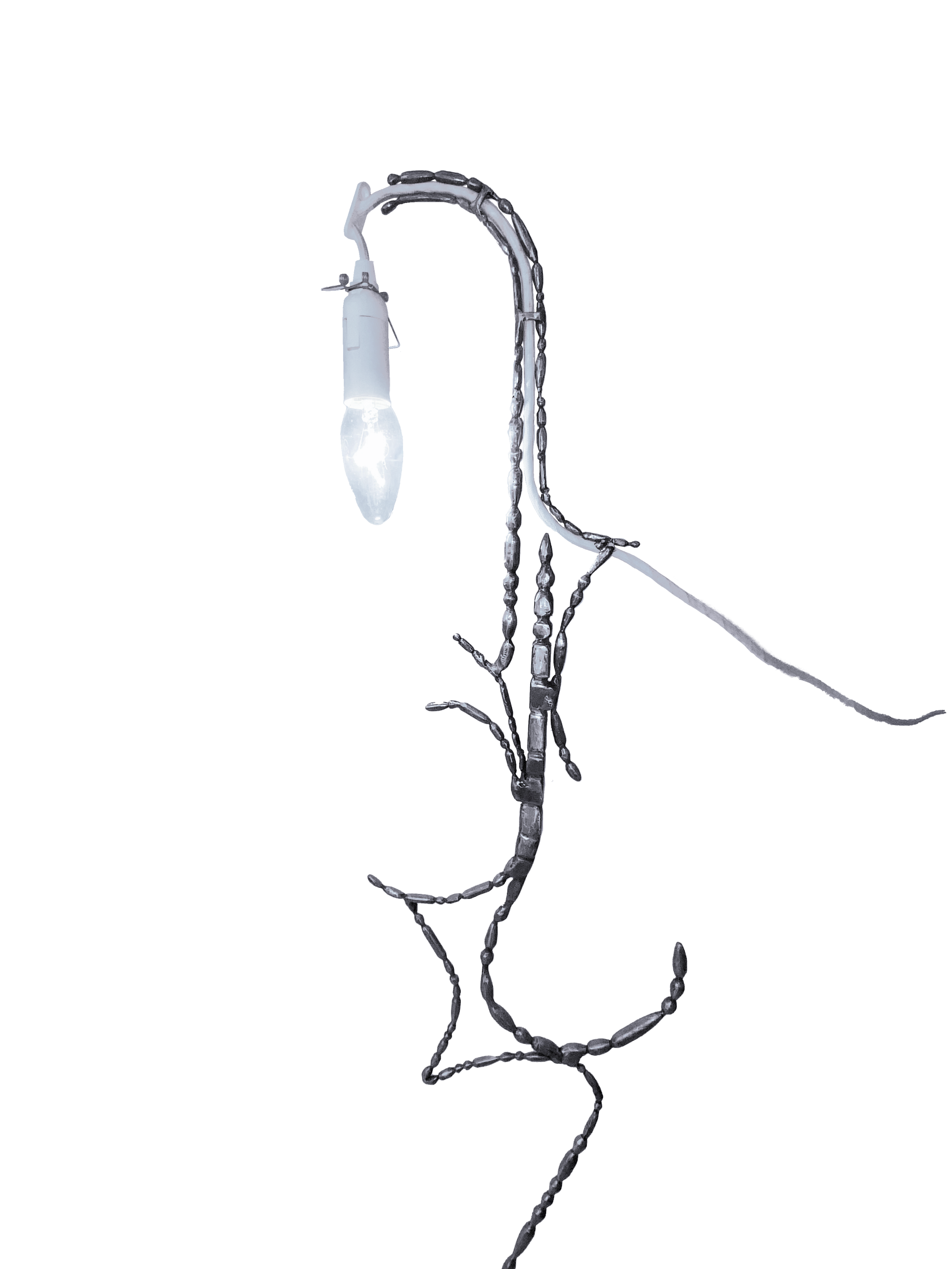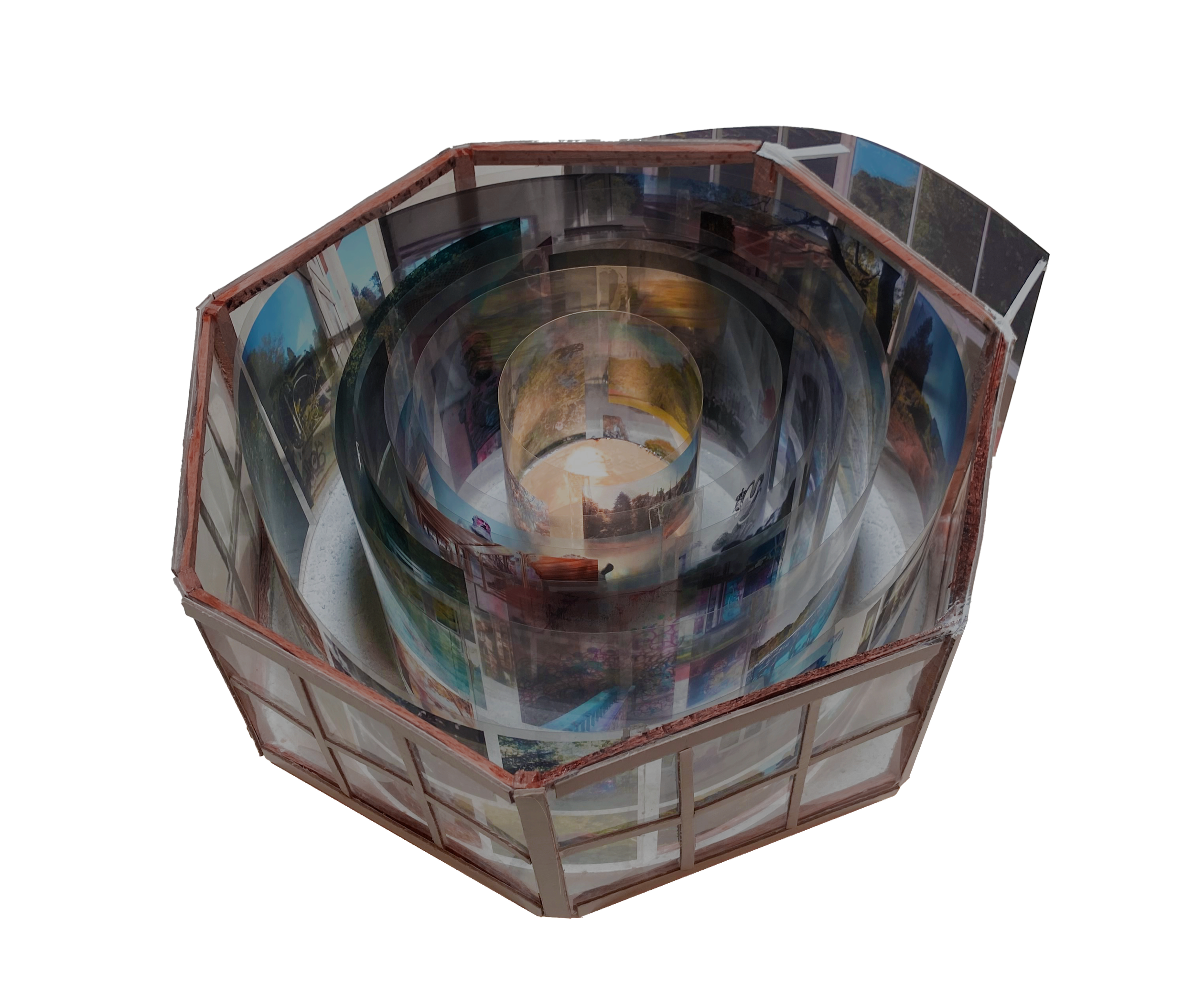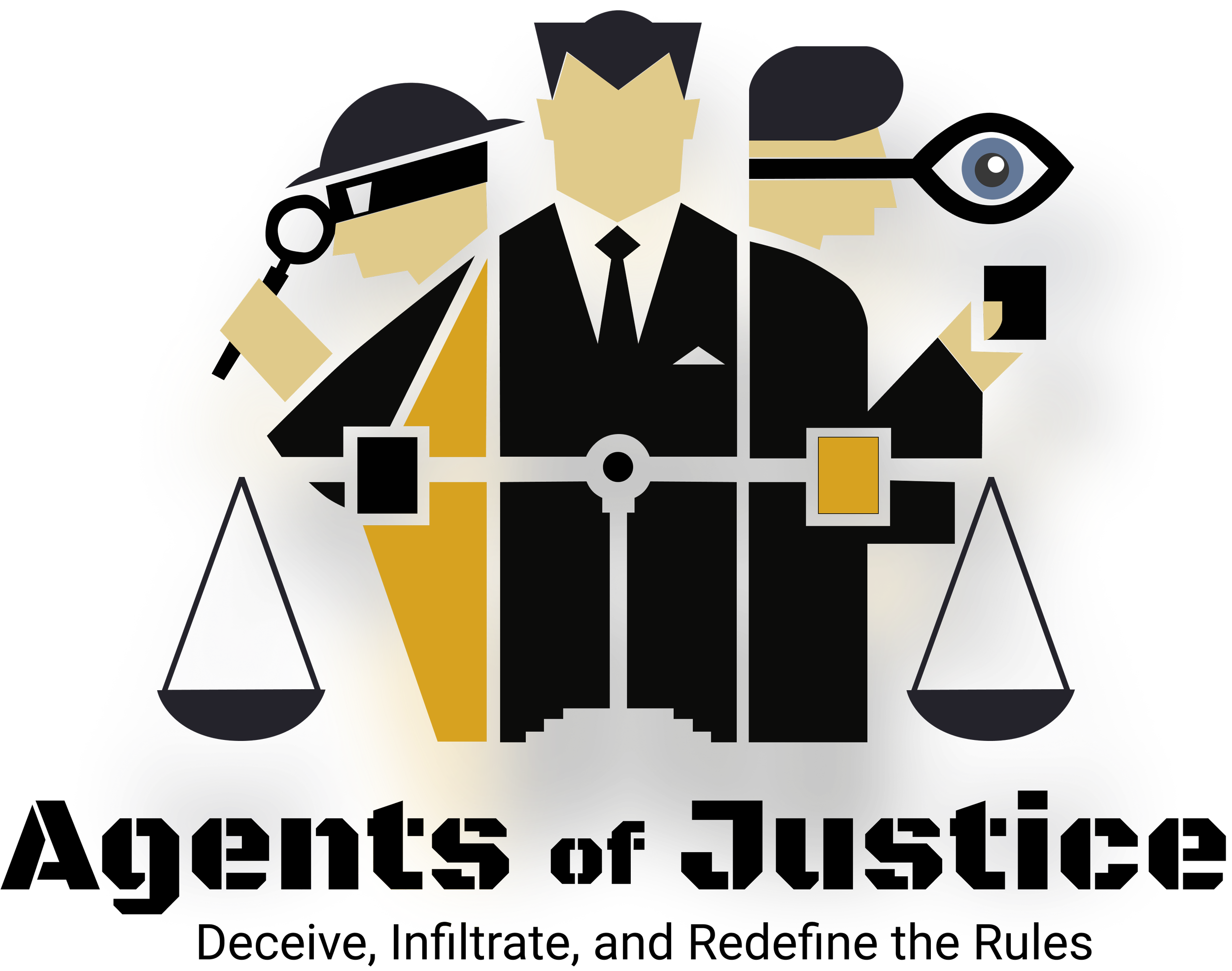Residuals
Tracing the invisible motion of radiation, as both residue and revelation. From Chernobyl to Italy, it asks how invisible forces, both nuclear and ideological, mark bodies, landscapes, and memory. What lingers is not just fallout, but erasure. Through ceramic vessels, vapors, rewritten chocolates, and archival contamination, the project performs what was buried.
“The nuclear should be seen as an exacerbation of capitalist commodity fetishes, which already claim an “autonomy” from the human and relegate the labor and the productive relations that brought them forth to invisibility: Because nuclear fission acts on the very structure of inorganic matter […] from now on there is no longer anything to see”
— Sven Lütticken
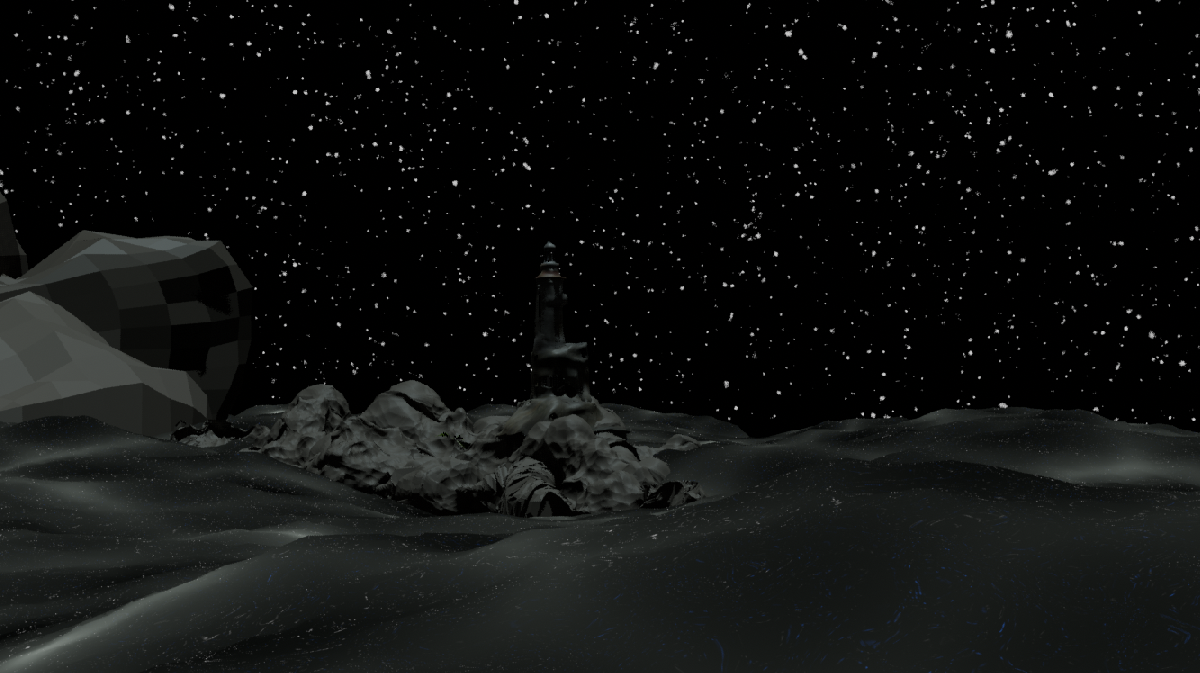
Abandoned Soviet Lighthouses
My Starting point
Scattered along the remote Arctic coast, over 1,000 Soviet-era lighthouses were powered by RTGs: radioactive cores designed to run silently for decades.
After the USSR collapsed, they were abandoned, looted for metal, or left unguarded, exposing deadly radiation. Some scavengers received fatal doses without ever knowing what they had touched.
Nuclear Colonialism
Nuclear colonialism reveals how nuclear powers exert control and violence over Indigenous and marginalized lands, turning them into sites of experimentation, contamination, and erasure. It exposes the ongoing legacy of displacement, environmental devastation, and geopolitical domination masked as “progress” and “security.”
Between 1946 and 1958, the United States conducted 23 nuclear tests on Bikini Atoll, forcibly evacuating the local population without consent. Their homeland was rendered uninhabitable by radioactive fallout, causing lasting displacement and environmental destruction.
“While people rebel against a power that escapes their senses, they nonetheless do not seem to have noticed that all of their activities are subjected to a power that is just as impalpable and invisible as nuclear power, a power whose reach is so generalized that nuclearization itself is merely one of its consequences, among others. It was undoubtedly necessary for the boundless social power constituted by the existence of market relations to boldly proclaim its autonomy in the form of nuclear power, so that people should become aware of the necessity of submitting to its imperatives.”
— Sven Lütticken
Research development:
Chernobyl, and its lesser known impact on Italy
In what ways can art and personal narrative expose the hidden capitalist dynamics of nuclear energy by making radiation’s invisibility legible and felt?
ARCHIVE OF QUOTES AND DOCUMENTS ON CHERNOBYL
Final Concept
The final format is a performance-installation that confronts the invisible aftermath of the Chernobyl disaster through intimate rituals and symbolic materiality. It explores how radiation—an unseen force—is entangled with broader systems of secrecy, capitalism, and state power. Using reimagined Baci chocolates as contaminated relics, the work turns mass-market affection into a site of political memory.
-
The installation centers around a shared ritual: the act of unwrapping and reading a chocolate note. Here, that gesture becomes uneasy. Each Baci contains rewritten messages—testimonies, censored reports, and residual data—turning affection into confrontation. This disruption reclaims a familiar act as a tool for remembering what institutions tried to erase.
-
The illustrations on the ceramic vessels borrow the graphic language of Soviet propaganda, but subvert its intent. Instead of glorifying state narratives, they visualize suppressed facts, environmental trauma, and bodily inheritance. By adopting the style once used to conceal, the work reveals the mechanics of deception—making visible the tools that once made radiation politically invisible.
-
Radiation does not discriminate: it mutates cells, degrades circuits, and lingers in soil, bodies, and infrastructure. The performance brings this hybrid contamination to life through sensory elements—sound, vapor, and interaction—blurring the boundary between the technological and the biological. It asks participants to confront not only what radiation damages, but what it quietly rewires.
